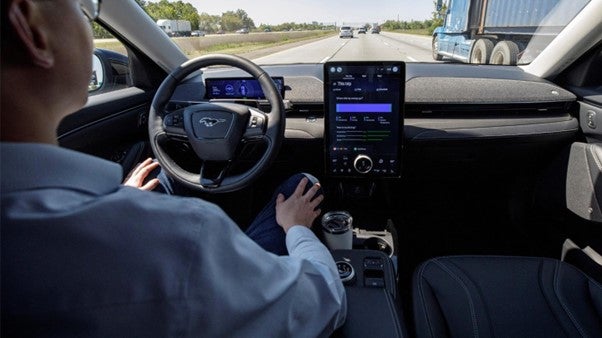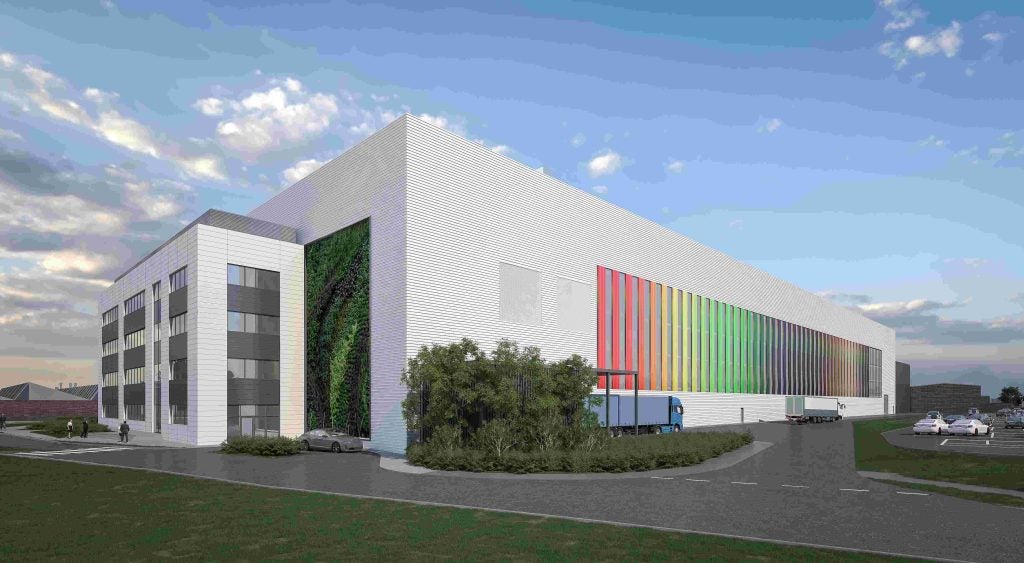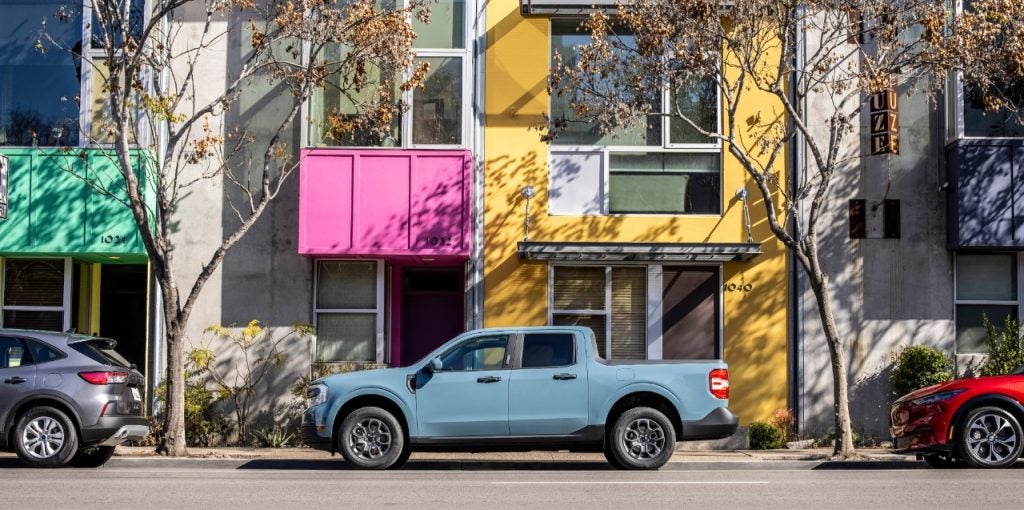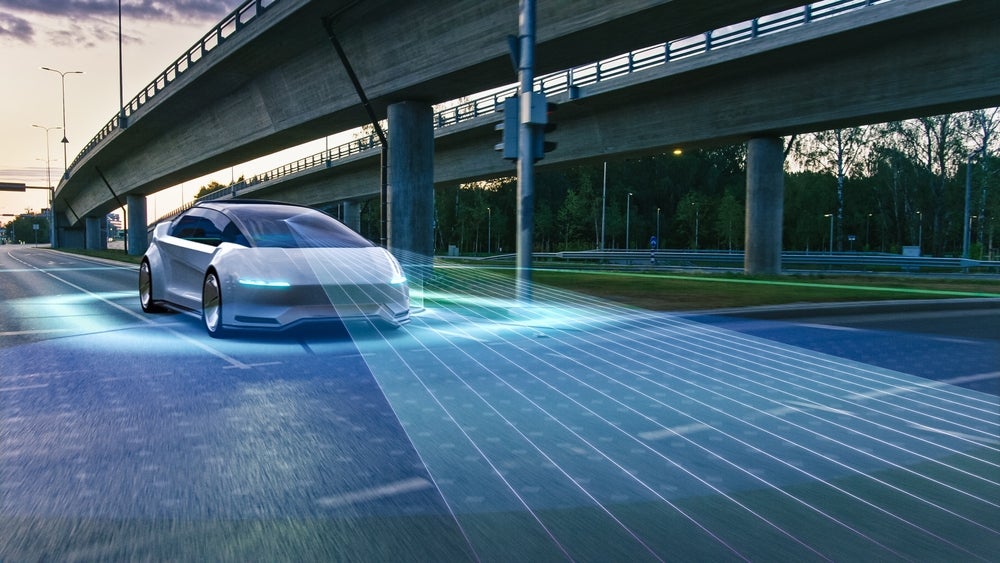Ford Motor Company researchers have developed a way of measuring vehicle aerodynamics
with a paint that responds to changes in air pressure.
Using pressure-sensitive paint (PSP), an advanced optical imaging technique
that measures air pressure or wind drag on a vehicle’s surface, researchers
can more quickly and easily obtain data in a new vehicle programme from wind
tunnel testing.
Typically a large number of pressure ports or ‘taps’ are used on
a vehicle and spaced about an inch (25mm) apart in order to obtain the air pressure
distribution on a vehicle. Attaching these taps requires drilling hundreds of
tiny holes all over the vehicle. This laborious task can take several weeks
to accomplish.
"If you measure pressure on a passenger side window, for example, you’d
first remove the glass, replace it with a metal or plastic plate, and then carefully
drill the holes and plumb each to pressure ports or taps," says Patsy Coleman,
a senior technical specialist at the scientific research laboratory which developed
the PSP process.
"A typical window has 120 pressure ports, a process that would take one
person an entire week to install."
Once a vehicle is painted with PSP and the wind tunnel set up, engineers can
obtain a full field measurement in about 15 minutes.
How well do you really know your competitors?
Access the most comprehensive Company Profiles on the market, powered by GlobalData. Save hours of research. Gain competitive edge.

Thank you!
Your download email will arrive shortly
Not ready to buy yet? Download a free sample
We are confident about the unique quality of our Company Profiles. However, we want you to make the most beneficial decision for your business, so we offer a free sample that you can download by submitting the below form
By GlobalDataPressure sensitive paint detects pressure indirectly. In the absence of oxygen,
the light intensity appears brighter. As air pressure increases and more oxygen
comes into contact with the surface, the paint appears darker.
In order to make this effect visible, researchers set up a bank of blue lights
and shine them on the painted vehicle and then view the surface through red
filters.
This information is then fed into a computer, which displays the varying pressure
as dramatically different colours.
Two different images are obtained, one at normal room air pressure and a second
in which the tunnel is running at a desired test velocity. The change in colour
from wind-off or normal room air pressure to wind-on is used to calculate surface
pressure.
While similar pressure sensitive paint is used in the aerospace industry to
test aircraft, Ford researchers were the first to develop a process that would
enable pressure sensitive paint to be used in the automotive industry where
wind speeds are much lower.







